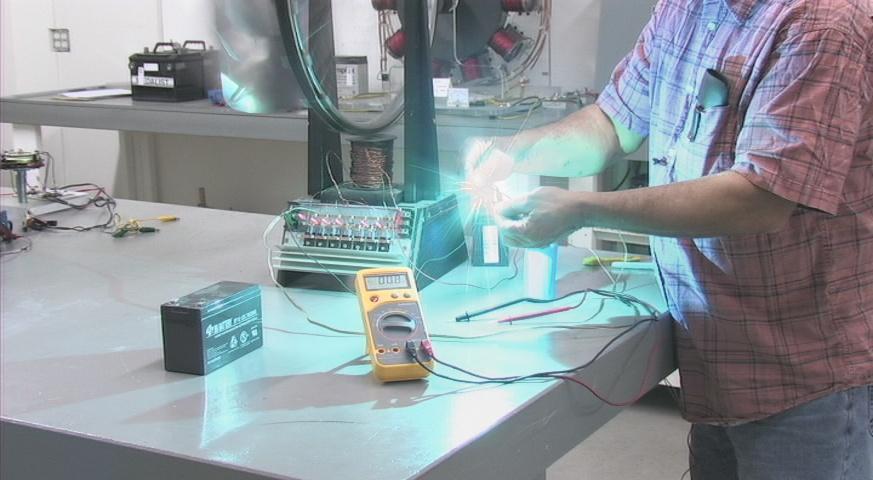Good morning everyone,
After watching on this video how easy it is to make a Radiant Spark with a Bedini SG, when charged cap discharges :
Bedini motor - EnergeticTube.com*-* Where technology goes LIVE!
I thought that may be some of you tried already to use the SG sparks as SOURCE OF RADIANT EVENT in a Ed Gray tube ?
Because Gray tube get 100 times multiplication of electricity, and that the most difficult part is the HV cicruit to produce the white spark, using a cap discharge from a Bedini device (SG, SSG, Solid state oscillator, switch, ...) could do the job ?!?!
Of course the spark might be much smaller than Gray's HV one, but with a 100 factor, the useful output might already be great ...

Pictures from 20* Bedini
I think the best source of information on Gray's motor/devices is from Dr Lindemann's DVDs : Free Energy, Products, Books and DVDs
He clears the circuit and shows great pictures from Tom Valentine
Cold Electricity:

from Free Energy | Edwin Gray
Some are also on Rexresearch page: Edwin V. Gray: Electromagnetic Association Motor (Pulsed Capacitance Discharge Motor, &c: US Patent # 3,890,548 )
Edwin Gray's Tube Circuit:

And several pages more here: Zero Point Energy - Edwin Gray - MDG 2007
Capacitor bank:

Conversion tubes: they are very small tubes for this 100HP motor ! Main problem is EXCESS energy

After watching on this video how easy it is to make a Radiant Spark with a Bedini SG, when charged cap discharges :
Bedini motor - EnergeticTube.com*-* Where technology goes LIVE!
I thought that may be some of you tried already to use the SG sparks as SOURCE OF RADIANT EVENT in a Ed Gray tube ?
Because Gray tube get 100 times multiplication of electricity, and that the most difficult part is the HV cicruit to produce the white spark, using a cap discharge from a Bedini device (SG, SSG, Solid state oscillator, switch, ...) could do the job ?!?!
Of course the spark might be much smaller than Gray's HV one, but with a 100 factor, the useful output might already be great ...

Pictures from 20* Bedini
I think the best source of information on Gray's motor/devices is from Dr Lindemann's DVDs : Free Energy, Products, Books and DVDs
He clears the circuit and shows great pictures from Tom Valentine
Cold Electricity:

from Free Energy | Edwin Gray
Some are also on Rexresearch page: Edwin V. Gray: Electromagnetic Association Motor (Pulsed Capacitance Discharge Motor, &c: US Patent # 3,890,548 )
Edwin Gray's Tube Circuit:

And several pages more here: Zero Point Energy - Edwin Gray - MDG 2007
Capacitor bank:

Conversion tubes: they are very small tubes for this 100HP motor ! Main problem is EXCESS energy







Comment